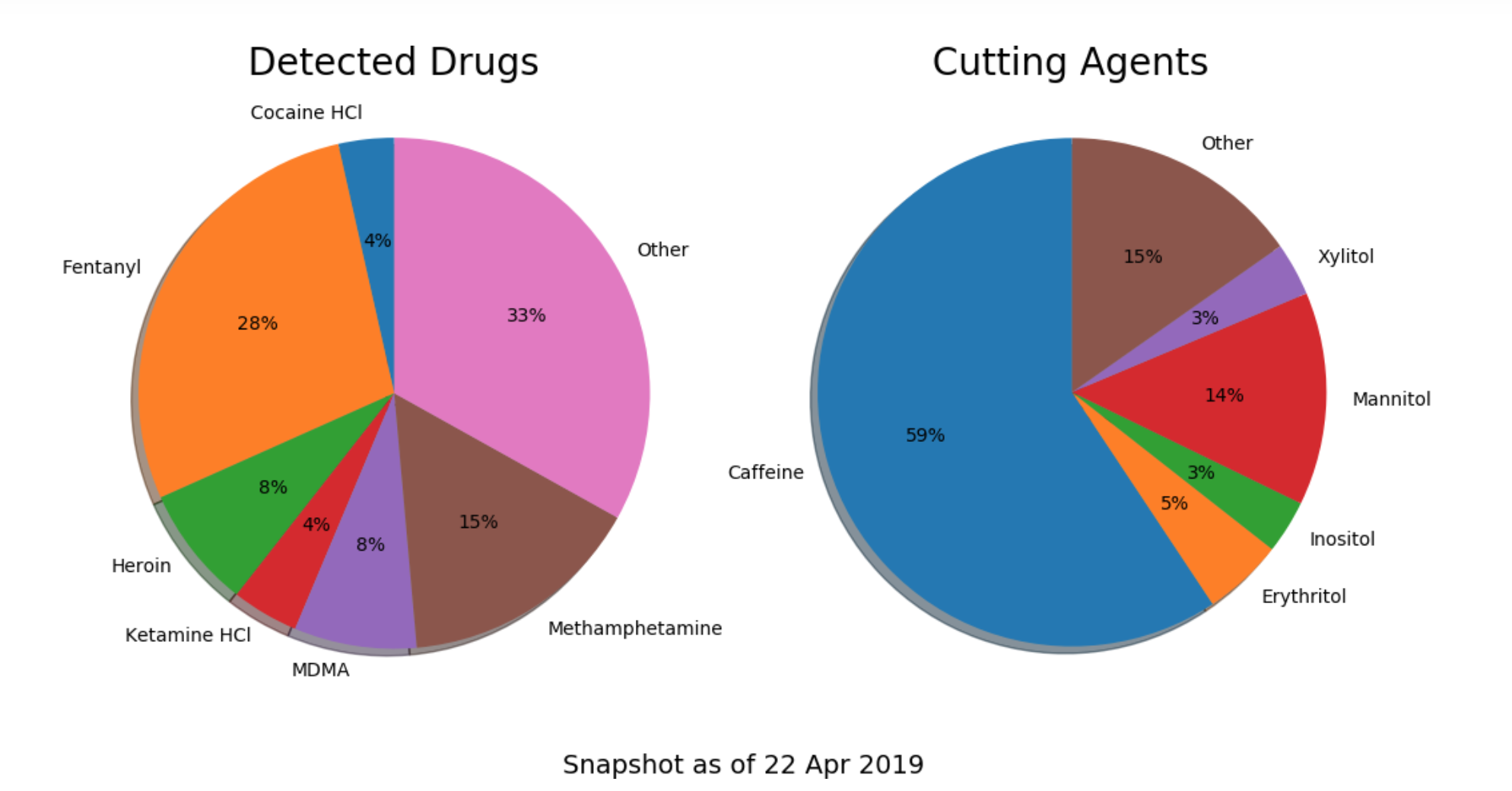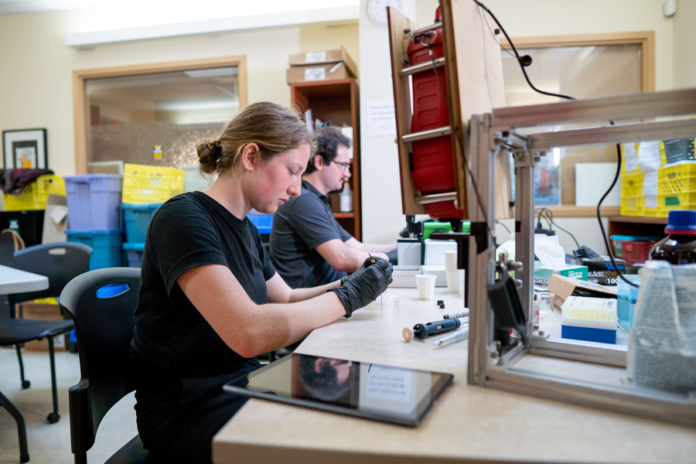Researchers at the University of Victoria have developed a new program aimed at reducing the number of overdoses, which is now being tested at Victoria harm reduction sites.
The team led by Dennis Hore, professor of chemistry and Bruce Wallace, associate professor of social work have designed this program which can provide a quick, accurate chemical analysis of drugs while also comparing and evaluating different drug-checking technologies.
See also:
- There were nearly 1,500 drug overdose deaths in BC in 2018
- Over half of BC residents who died of drug overdoses had mental health disorders
- Provincial government makes free take-home naloxone kits available at 220 pharmacies across B.C.
On-site technicians at AIDS Vancouver Island and SOLID Outreach – the current testing sites – can test drug samples for traces of fentanyl, as well as to identify what fillers or cutting agents have been used, for drug users and their families who arrive at these harm reduction sites.
The research group will be using this pilot program to evaluate the different instruments and technologies for cost, efficiency and portability, and examining what type of service works for whom, in what settings.
This three-year project was funded through a $1.7 million grant from Health Canada’s Substance Use and Addictions Program.
“We’re offering a free and confidential drug-checking program at harm reduction agencies in Victoria. Service users are able to check their drugs, discuss results with project staff, and access information and supplies for safer drug use,” said Wallace, also a scientist with UVic’s Canadian Institute for Substance Use Research.
“As the project progresses, and we evaluate the evidence during the pilot phase, we hope to start offering services in additional locations on Vancouver Island and elsewhere.”
According to Dr. Richard Stanwick, Chief Medical Health Officer at Island Health, over 100 people died as a result of the high presence of fentanyl and carfentanil in their drug supply last year in the Capital Regional District.
Drug checking data from two Victoria sites to date shows that a single drug sample can and often does contain multiple active ingredients. Check it out:




